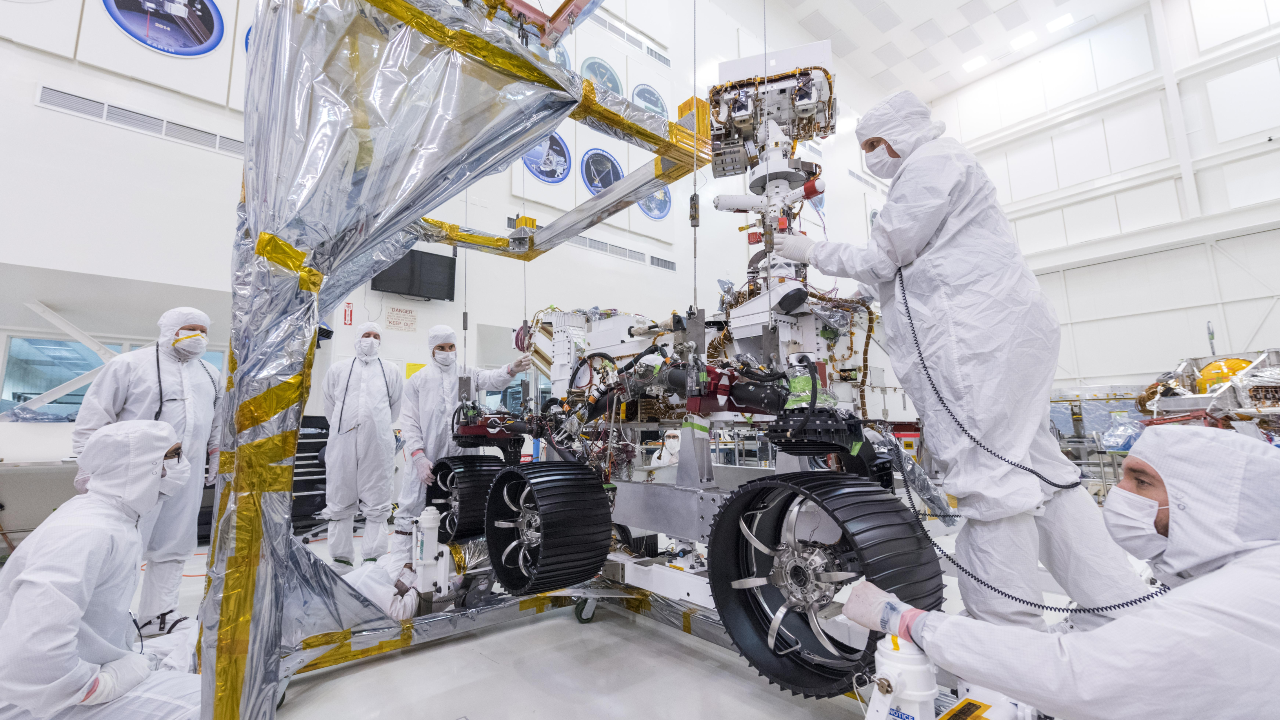
NASA’s Jet Propulsion Laboratory (JPL) is facing financial challenges as federal spending debates continue. JPL has managed every successful Mars rover in history, but has made changes to its workforce.
These changes affect technical and support staff in various departments. In October 2025, JPL reported that approximately 5,500 employees faced operational challenges throughout 2024. JPL leaders explained that these adjustments are part of a long-term strategy that has now reached a critical point.
Silent Exodus

“The JPL we knew is gone,” said an employee who has worked there for over 10 years in an October 2025 interview with LAist. They were upset about repeated layoffs and an ongoing loss of talented workers. The engineer spoke anonymously because they were afraid of losing their job.
The LA Times reported in January 2025 that the Eaton Fire destroyed the homes of over 200 employees at the center. Former JPL Director Laurie Leshin confirmed these numbers, adding that the situation has caused personal loss for many people along with uncertainty at work.
Historical Context

JPL built America’s first satellite, Explorer 1, in 1958 and pioneered planetary exploration with the Voyager spacecraft, which continues to send data from interstellar space.
JPL has designed and operated all five successful Mars rovers: Sojourner, Spirit, Opportunity, Curiosity, and Perseverance, making the U.S. the only country to operate mobile vehicles on Mars.
Budget Pressures

In May 2025, federal budget proposals proposed reducing NASA’s funding from $24.9 billion to $18.8 billion, a 24% cut that would lead to the smallest inflation-adjusted budget since 1961. Science programs would face a 47% reduction, resulting in the cancellation of over 40 active missions.
A September 2025 Senate Commerce Committee report revealed that congressional whistleblowers claimed the Office of Management and Budget directed NASA to make these cuts before legislative approval.
Lay Offs

NASA’s Jet Propulsion Laboratory laid off 550 employees on October 14, 2025. This cut reduced its workforce by about 11% in technical, business, and support roles.
“This week’s action, while not easy, is essential to securing JPL’s future by creating a leaner infrastructure, focusing on our core technical capabilities, maintaining fiscal discipline, and positioning us to compete in the evolving space ecosystem,” JPL Director Dave Gallagher stated on October 12, 2025. NBC News and ABC7 confirmed layoff notices arrived via email Tuesday morning.
California Impact

The La Cañada Flintridge facility near Pasadena once had about 6,500 workers, but layoffs have reduced that number to around 4,500.
Rep. Judy Chu (CA-28) called the layoffs “an absolute tragedy” on October 13, 2025. This 33% decline over 21 months is one of the largest workforce reductions in the laboratory’s history.
Employee Impact
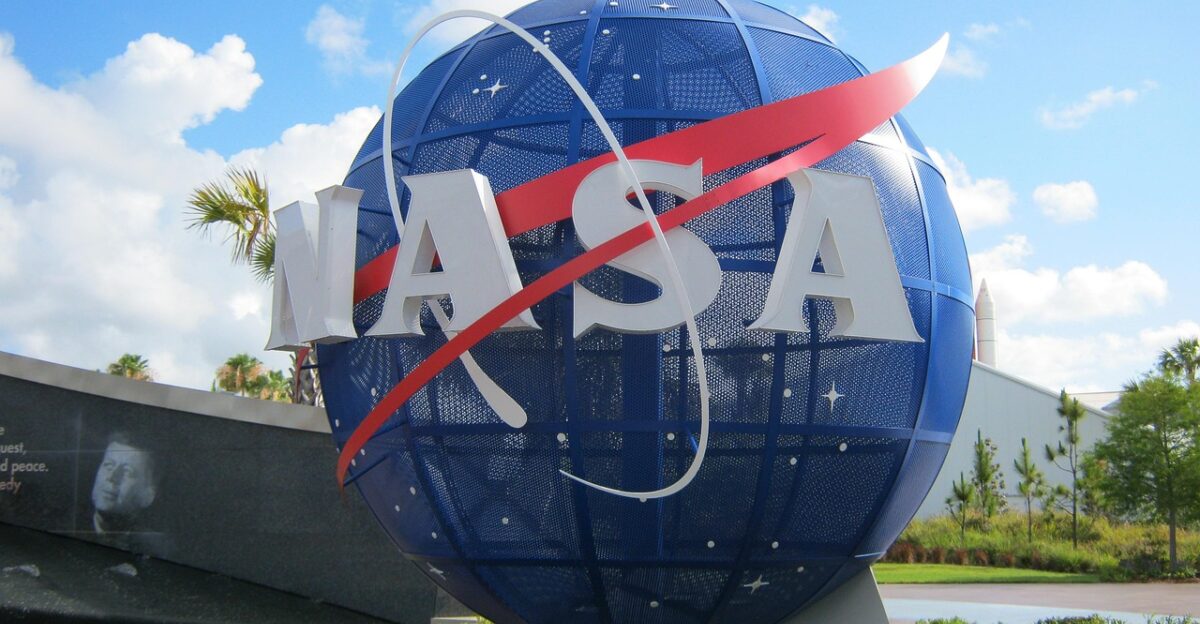
“Today was very somber on lab. It felt like everyone [was] grieving,” one employee wrote on Reddit’s JPL forum on October 13, 2025. Another staffer described a “doomsday-eve feeling,” posts compiled by Eos.org reveal.
A LA Times source reported: “The morale has been as low as anyone has seen in decades, maybe ever. The uncertainty is very unsettling. We expect more people will leave in the coming months.”
Mission Operations
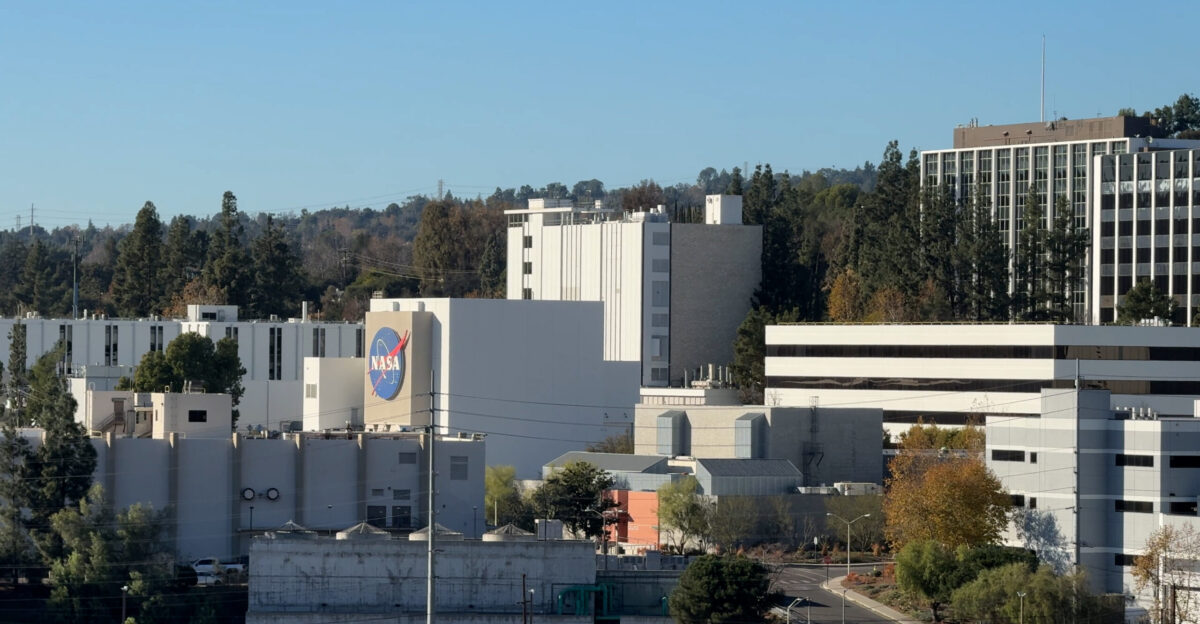
JPL operates the Deep Space Network, a network of antennas that provides continuous communication for Mars missions, including the Perseverance and Curiosity rovers.
This network is crucial for communicating with spacecraft beyond the moon. However, workforce cuts threaten these missions, as they require constant monitoring and quick problem-solving from specialized teams that are now being reduced.
Competitive Landscape

China is set to launch its Tianwen-3 mission in 2028, aiming to return Mars samples to Earth by 2031, potentially ahead of NASA. As of July 2025, NASA’s Perseverance rover has collected 33 sample tubes, including 27 rock cores and one atmospheric sample.
NASA’s Europa Clipper, which launched on October 14, 2024, is on its way to Jupiter with a budget of $5 billion, managed by JPL.
Not The First Time
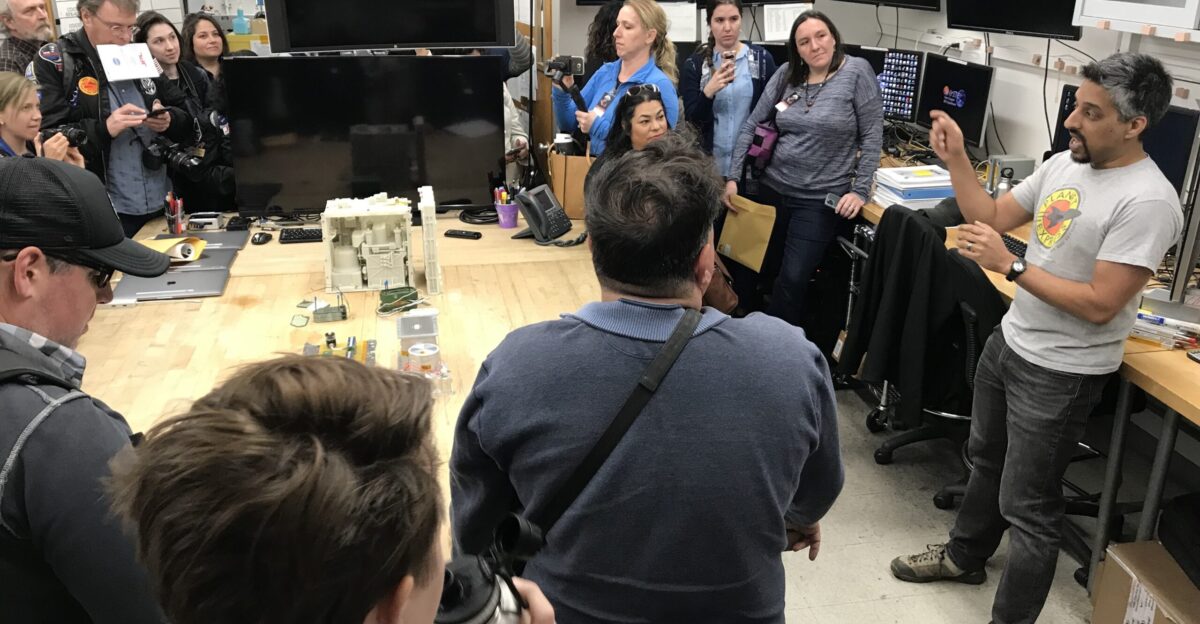
The October cut is the company’s third round of job cuts in two years. In February 2024, they laid off 570 positions, comprising 530 employees and 40 contractors, followed by an additional 325 in November 2024.
The Planetary Society’s January 2024 report linked these cuts to overspending on the Mars Sample Return mission, with costs rising from $5.3 billion to over $11 billion and launch dates pushed from 2026 to possibly 2040. Overall, nearly 1,500 positions have been cut, the largest reduction in JPL’s 89-year history.
Constitutional Concerns
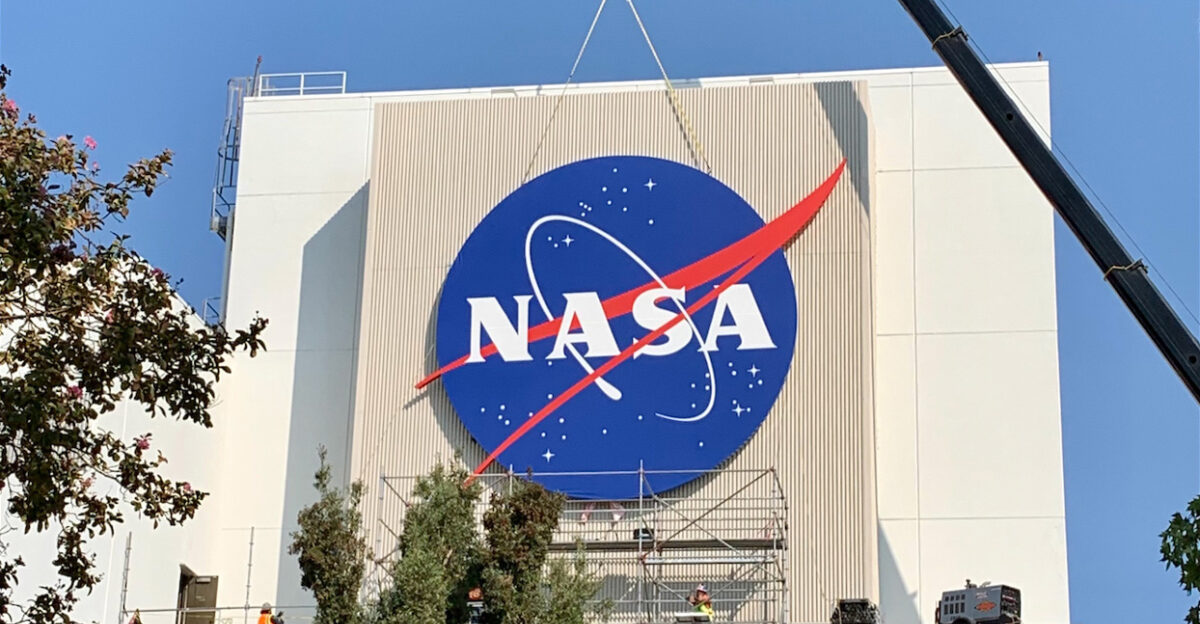
Federal whistleblowers provided Senate investigators with evidence that NASA leadership had been operating under the President’s Budget Request rather than congressional appropriations since early summer 2025, as detailed in Payload Space’s September 30 report.
Whistleblowers expressed concern about operating “under wraps” without written documentation, which creates confusion about which funding levels should guide operational planning and potentially compromises mission safety.
Leadership Transition

JPL Director Dave Gallagher led the July 2025 reorganization planning. Caltech announced in May 2025 that former Director Laurie Leshin had stepped down for personal reasons, following the brutal February 2024 reductions.
NASA Watch reported in July 2025 that NASA simultaneously issued a request for information exploring alternative management arrangements, signaling a potential end to the 89-year Caltech partnership.
Reorganization

The reorganization that began in July aims to create “a streamlined infrastructure that enables us to operate more efficiently,” CNBC’s October 13 report notes.
Gallagher’s internal memo stated the “new Lab structure” would take effect on Wednesday, October 15, following the layoffs. Management framed the restructuring as positioning JPL for “a smaller, more focused mission portfolio” rather than the massive flagship programs that defined the laboratory’s golden age.
Expert Outlook

“If you really want NASA to be that leader—not just to win, but also to show why we won—you would be doing the exact opposite of what you’re doing at NASA right now,” NASA Watch editor Keith Cowing told Gizmodo on October 14, 2025.
The Planetary Society’s January 2024 independent review attributed Mars Sample Return’s failures to management shortcomings, unexpected design complexities, and external events, including the Russian invasion of Ukraine.
Stakes

JPL discovered evidence of ancient water on Mars, captured the first sounds from another planet, and operates humanity’s only functioning extraterrestrial helicopter—achievements now threatened by institutional knowledge loss.
The Planetary Society’s October 2025 “Save NASA Science” campaign noted the facility’s future depends on congressional appropriations battles unfolding through fiscal year 2026.
Political Battle

Both the House and Senate appropriations committees rejected the White House’s proposed 47% cut to science funding, with the Senate legislation maintaining $7.3 billion in funding and the House proposing $6 billion.
Representatives Judy Chu and Don Bacon led a bipartisan letter warning that implementing presidential budget levels before congressional approval would “throw away billions of dollars of functioning spacecraft.” Congress remained deadlocked through October.
International Dimension

The Planetary Society’s Casey Dreier warned that America ceding Mars sample return leadership to China carries implications for global space exploration dynamics.
Scientific American’s July 2, 2025, investigation found that China’s methodical capability-building efforts position Beijing to potentially achieve a Mars sample return nine years ahead of any reconstituted American effort. Live Science noted experts stated: “If there is a space race, China’s already winning it.”
Sunk Costs

The Mars Sample Return Independent Review Board identified fundamental NASA project management failures in their January 2024 report.
Kevin Hicks, a former JPL systems engineer, stated Perseverance’s operational budget faces a two-thirds reduction—”just enough to technically keep it going and not get the full PR backlash of canceling a working rover”—while billions in sunk investment sit on Mars awaiting retrieval that may never occur.
Cultural Shift

Bill Nye told CBS News on October 6, 2025, that proposed cuts represent “an extinction-level event” for space exploration, leading “Save NASA Science” rallies with The Planetary Society on Capitol Hill.
Over 2,000 donors contributed $2 million to Caltech-JPL disaster relief funds following the Eaton Fire. Yet, LAist found that early-career engineers are questioning whether JPL’s mission-driven culture can survive sustained budget uncertainty.
What’s At Stake

American space policy faces a defining choice: continue underwriting expensive, long-horizon scientific exploration or retreat to more narrowly defined objectives. Dave Gallagher’s emphasis on “core technical capabilities” signals potential redefinition toward smaller, faster missions.
The 550 October layoffs compound workforce reductions totaling nearly 1,500 since January 2024, hollowing out the institution that operates every active Mars rover. What took 89 years to build could unravel in less than two, leaving American space leadership diminished as China accelerates.